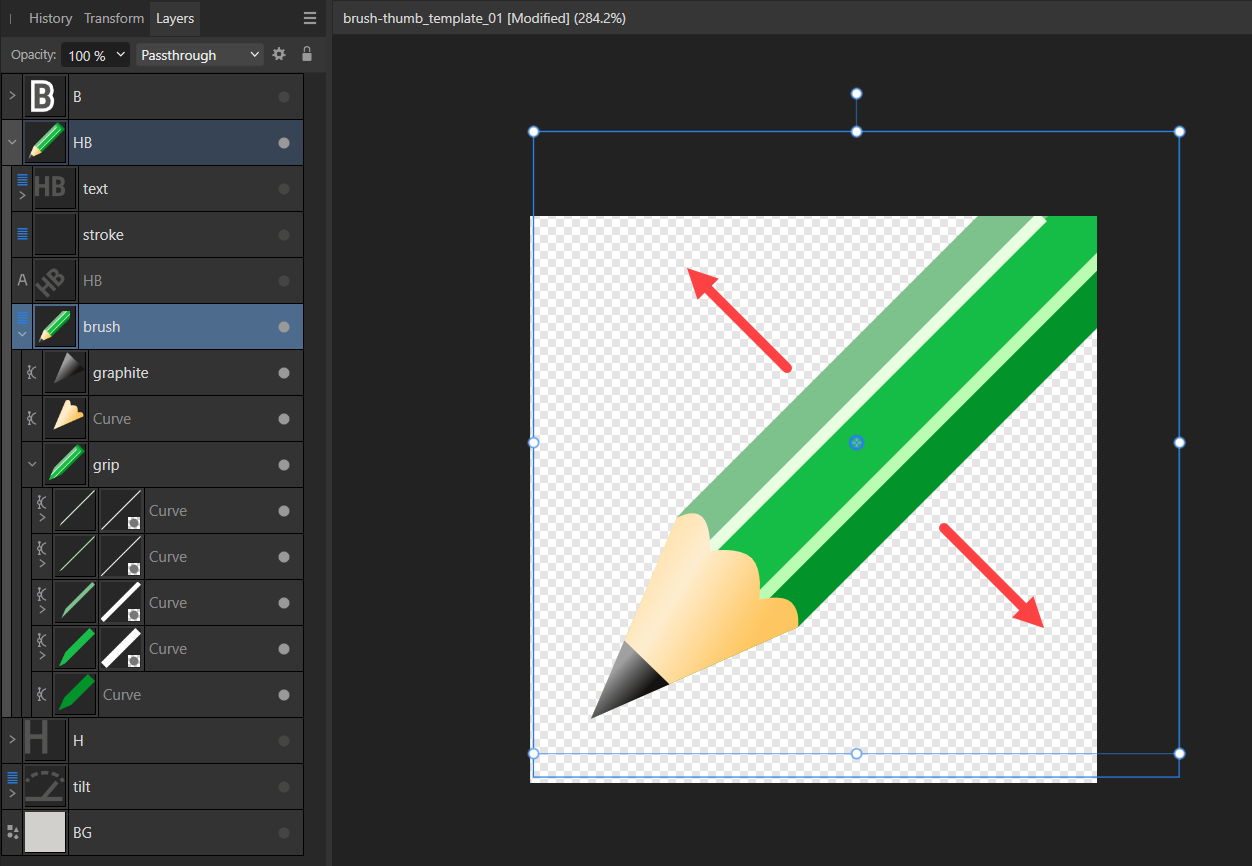-
Posts
364 -
Joined
-
Last visited
Recent Profile Visitors
The recent visitors block is disabled and is not being shown to other users.
-

Designer 2.6.3 - scale group diagonally ?
cgidesign replied to cgidesign's topic in Desktop Questions (macOS and Windows)
ok, thanks -
 Awa reacted to a post in a topic:
Affinty and Huion Kamvas pen pressure
Awa reacted to a post in a topic:
Affinty and Huion Kamvas pen pressure
-

Publisher 2.5.7 - can't unlock layer ?
cgidesign replied to cgidesign's topic in Desktop Questions (macOS and Windows)
Thanks for the tip, but it was not on the masterpage. I gave up and deleted the layer / object and created it again, which luckily worked. -
 M1000 reacted to a post in a topic:
Differences between soft proof and convert color profile (AFF Photo)
M1000 reacted to a post in a topic:
Differences between soft proof and convert color profile (AFF Photo)
-
There are already posts about bugs in the hypenation of all Publisher versions - but it seems they got overlooked by the support team as there is no reply from them for over a week: But now I think there is a general issue with the justification algorythm in Pubisher: In the attached documents I tried to reduce the width of the whitespaces to get rid of the ugly wide empty space between the words in some lines. In InDesing CS6 it is simple to achieve that. In Publisher it seems to be impossible, regardless of which settings I change. Hyphenation in conjunction with non zero letter spacing is definately broken, like shown in the linked posts, but it seems the word spacing also acts different than I would expect it. The attached Publisher doc is from version 2.6.0.2900 beta. Edit: I cross checked with Scribus as well. It is the same like with InDesing. A little adjustments in word or letter spacing and the paragraph looks good. SourceSerif4-Regular.otf justification.indd justification.afpub
-
It not possible because the GRACoL2006_Coated1v2 represents a printing process that can't achieve a more saturated magenta. The icc profile describes, more or less, what colors a printing machine can print and on what type of paper it will put those colors. The color part means: which inks / pigments are used in the printing machine. That defines the color range (the gamut) that this specific printing process can give you. The paper type describes: how the raw ink interacts with the paper. E.g. the GRACoL has a slightly greyish paper type defined (paper type in this case is also called the whitepoint within the ICC profile). Because of this greyish paper the color get slightly muted. So GRACol tells Affinity - "the most saturated magenta ink is less intense than what a computer dispaly can show and this ink goes on greyish paper which mutes it a bit more". If you need a "better" magenta, youd need to either find a printing process that uses more saturated inks and / or ask the printer if they offer spot color printing. Affinity softproof issue to keep in mind: Affinity's softproof engine is broken in the way, that it ignores the whitepoint / paper type of the ICC profile. So if you use "absolute colorimetric rendering intent", which is the one you should for softproof, you get a result that is partly missleading. A tip if not already doing this: If you set your document's color space to CMYK and GRACoL then the colors Affinity works with are already those that can be printed. In that case the color pickers show you what you can get from the printer. But, if your display is not calibrated and maybe one of the not so accurate ones, this is all a bit of guess-work, because the display anyway might show wrong colors regardless of what ICC profile etc. you are using. Another but: A lot of people are working like this - non calibrated display, wrong color profile, buggy softproof engine, but still get something back from the printer that looks like magenta ("it's good enough for me" they say). 🙂 Last but: because the above information is a bit simplified you might like to read more about this - here is a starting point: https://www.cambridgeincolour.com/color-management-printing.htm
-

Publisher all versions - hyphenation bug
cgidesign replied to cgidesign's topic in Desktop Questions (macOS and Windows)
Thanks @MikeTO but 0/0/0 is not an option in my case because I need to fine tune the layout for a company brochure. Justification alone is not "good enough" is must be "good looking justification" 🙂 -
 MikeTO reacted to a post in a topic:
Hyphenation doesn't work properly with non-zero min/max letter spacing
MikeTO reacted to a post in a topic:
Hyphenation doesn't work properly with non-zero min/max letter spacing
-

Publisher all versions - hyphenation bug
cgidesign replied to cgidesign's topic in Desktop Questions (macOS and Windows)
Yes, that was one of the many tests I made. It is so frustrating with Affinity. Whenever I like to use it for a serious job, there is a blocking bug and I need to switch back to my 15 years old CS6. By the way, it is also broken in the V 2.4.x -

Publisher all versions - hyphenation bug
cgidesign replied to cgidesign's topic in Desktop Questions (macOS and Windows)
I now tried with old Indesign CS6. There it works as expected. I really like to use Publisher but this issue hinders me at the moment. Let me know if there are any tricks I am missing. -

Publisher all versions - hyphenation bug
cgidesign replied to cgidesign's topic in Desktop Questions (macOS and Windows)
Test document attached. Either I am blind and missing a setting or it just doesn't work. EDIT: I found the cause. There is some strange behaviour if the letter justification is not set to zero. Another example: softhyphen-test.afpub -

Publisher all versions - hyphenation bug
cgidesign replied to cgidesign's topic in Desktop Questions (macOS and Windows)
I am aware of the soft hyphens but they don't trigger a hyphenation. It is always the whole word that jumps to the next / previous line regardless of whether there is a soft hyphen in the word or not. -
EDIT: See later posts - there is a general bug with hyphenation. ------------ Text frame in Pub filled with text. No automatic hyphenation active. I like to hyphenate manually. Example: Text text text Digitalisierung. text text text. I like to get: But not as a hard break. I like to get a manual hypenation that automatically disappears if the word is not at the end of the line anymore. Example:









